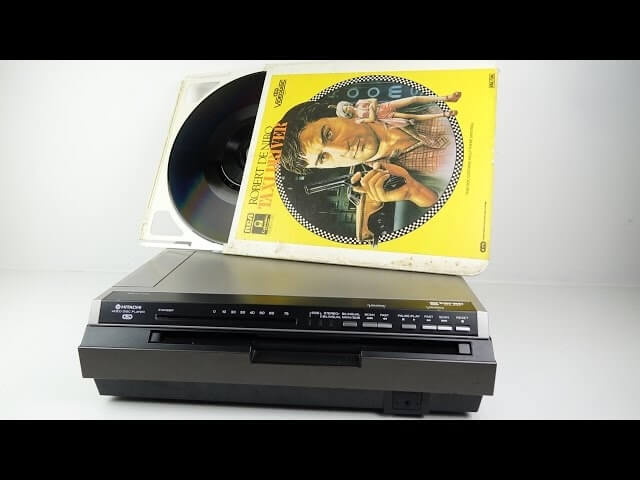RCA’s failed VideoDisc turns ordinary movies into glitchy masterpieces

Starting in the 1960s, RCA spent many years and a reported $600 million trying to develop a physical media format it called the VideoDisc, essentially an LP-sized black plastic disc capable of holding an entire feature film. The company boldly (and wrongly) predicted that the technology would reach half of American homes by 1981. By the time the videodisc actually reached the market, the public was simply not interested. The more stable, reliable VHS tape would rule the decade. RCA had gambled big and lost, leading to the company being taken over by General Electric in 1985. Meanwhile, manufacturers were stuck with a lot of unsold copies of The Champ, ABBA: The Movie, Poltergeist, and other unwanted VideoDisc titles. Techmoan, a YouTube channel devoted to obsolete technology just like this, recently devoted an entire half-hour to the VideoDisc in an attempt to see whether the neglected format is worthy of redemption. The answer turns out to be a resounding no, but the experiment produces some fascinating results anyway.
In order to get any vintage VideoDiscs to actually work, the host has to buy three separate, broken machines for next to nothing on Ebay and then use the various parts to create one working player. Some of the titles in his collection are completely “knackered,” meaning unplayable, but he does demonstrate the prowess of the VideoDisc with some scenes from Rocky, Taxi Driver, and The Muppet Movie. All of these films are shown in cropped, muddy-looking 4:3 transfers that are inferior to virtually every format on the market. What’s most notable about VideoDiscs, however, is that they tend to skip, just like vinyl records. Even a brand new disc of The Muppet Movie skips badly. As a result, the VideoDisc versions of movies play like surreal, jumpy remixes with an entertainment value all their own. The host aptly compares the viewing experience to scenes from Max Headroom. RCA’s VideoDisc is a clumsy, unwieldy piece of technology, but in the right hands, it could have been used to create some truly bizarre conceptual art.